How to make your construction site safer
- Eng.: Mohammed Abu Shawareb (Projects Manager)
- Feb 1, 2016
- 4 min read
The most important part of this program is the individual employee - You! Without your cooperation, the most stringent program can be ineffective. Protect yourself and your fellow workers by following the rules.
Remember: Work safely so you can go home to your family and friends - they need you.
EMPLOYEES RESPONSIBILITY
1. Report all on the job injuries promptly.
2. Report all equipment damage to your supervisor immediately.
3. Don’t take chances - use your safety equipment as directed.
4. Follow instructions - ask questions of your supervisor when in doubt about any phase of your operation.
5. Observe and comply with all safety signs and regulations.
6. Report all unsafe conditions or situations that are potentially hazardous.
7. Only operate equipment you are qualified to operate. When in doubt, ask for directions.
8. Talk to management immediately about problems that affect your safety or work conditions.
RESPONSIBILITIES FOR ALL LEVELS OF MANAGEMENT
An active and meaningful participation in and support of all, safety and health Programs are essential for project success.
All levels of management will display their interest in the company’s safety and health matters at every opportunity.
Each manager will establish realistic goals for accident reduction and prevention within their area of responsibility.
Each manager will also establish the means and instructions for meeting their goals. In addition, management’s responsibility for safety and health includes the establishment and maintenance of an effective communication system between workers, supervisors, and management officials.
To this end, all levels of management are, and will continue to be, responsible to assure that the goals and intents of NISMAT AL QUDES contracting co. Ltd. are received and understood by all employees.
Protection equipment
1. Hard Hats are required at all job locations.
2. Uniform - Are required at all job locations.
3. Safety Glasses for all Shop employees and operators of equipment tools.
4. safety Belts - safety belts must be worn at all times when work at high work area.
5. Hearing Protection must be worn when operating equipment and when working in extremely noisy environment.
6. Respiratory Protection when the working environment is determined by the supervisor to be too dusty.
7. Report every injury, no matter how slight, to your supervisor immediately.
8. Wear clothing suitable for the weather and your work.
9. Jewellery (rings, bracelets, neck chains, etc.) should not be worn.
10. Proper eye protection must be worn when you are exposed to flying objects, dust, harmful rays, chemicals, flying particles, etc.
11. Proper footwear must be worn on all construction sites.
12. Always use gloves.
13. All visitors must comply with PPE Policy.
SAFETY RULES
1. It is not allowed to work or operate any power tool or equipment unless you have a work permit, sign by safety officer and posted at work location.
2. Know the location and use of fire extinguishing equipment.
3. Flammable liquids used in small amounts must be in approved safety cans.
4. Always store materials in a safe manner.
5. Scraps, oil or grease should not be allowed to accumulate. Good housekeeping is part of the job.
6. Remove or clinch nails in used lumber.
7. Immediately remove all loose materials from stairs, walkways, ramps, platforms, etc.
8. Do not block aisles, traffic lanes, fire exists, gangways or stairs.
9. Contact your supervisor for the correct specifications.
10. Get help with heavy or bulky materials to avoid injury to yourself or damage to material.
11. Keep all tools and materials away from the edges
12. Do not use tools with split, broken or loose handles, burred or mushroomed heads. Keep cutting tools sharp and carry all tools in a container.
13. Know the correct use of hand and power tools. Use the right tool for the job.
14. All electrical power tools and extension cords shall be properly insulated; shields must be installed on all power tools.
15. Use tools only for their designed purpose.
16. Do not remove, deface and destroy any warning, danger sign or barricade.
17. Not allowed to use wood ladders & all ladders must be checked and tagged and use by proper slope 4:1.
Take care if any violation for safety rules will be documented and reported & at third violation, the management will eliminate the responsible employee.
SUPERVISOR.S RESPONSIBILITIES
Safety and health of the employees they supervise is a primary responsibility of the supervisors. To accomplish this obligation, supervisors will:
1. Assure that all safety and health rules, work permits, regulations, policies and procedures are understood by all workers.
2. Require the proper care and use of all needed protective equipment.
3. Identify and eliminate job hazards.
4. Inform and train all employees on the hazardous.
5. Conduct or supervise crew leader meetings each work shift to discuss safety matters and work plans for the work-day.
6. Receive and take initial action on employee suggestions,
7. Train employees (new and experienced) in the safe and efficient methods of accomplishing each job.
8. Review accident trends and establish prevention measures.
9. Attend safety meetings and actively participate in the proceedings.
10. Set the proper safety example.
11. Identify and quickly eliminate job hazards through observation and the safety concerns expressed by other employees.
12. Be trained in first aid and CPR.
13. Thoroughly inspect all new job sites or work areas for actual or potential hazards.
Fire Prevention and Protection
Housekeeping. Good housekeeping, with provision for prompt removal and disposal of accumulations of combustible scrap and debris, shall be maintained in all areas of the job site.
Smoking. Smoking or other sources of ignition shall not be permitted in work areas. Only smoke at smoking area.
Fires. Fires and open flame devices shall not be left unattended unless protected with automatic temperature control and cut off devices.
Fire extinguishers. Distinctly marked fire extinguishers.











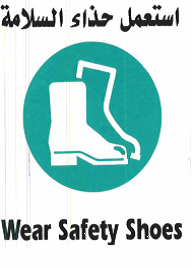

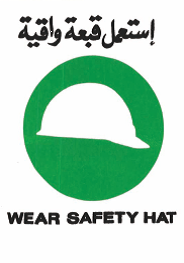

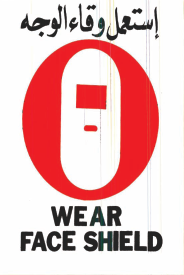

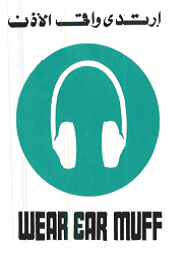

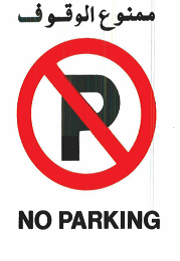

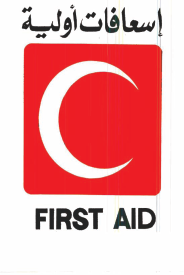
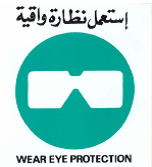

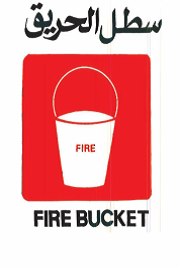

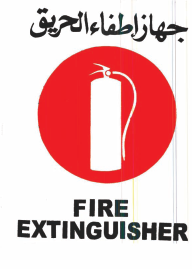
Comments